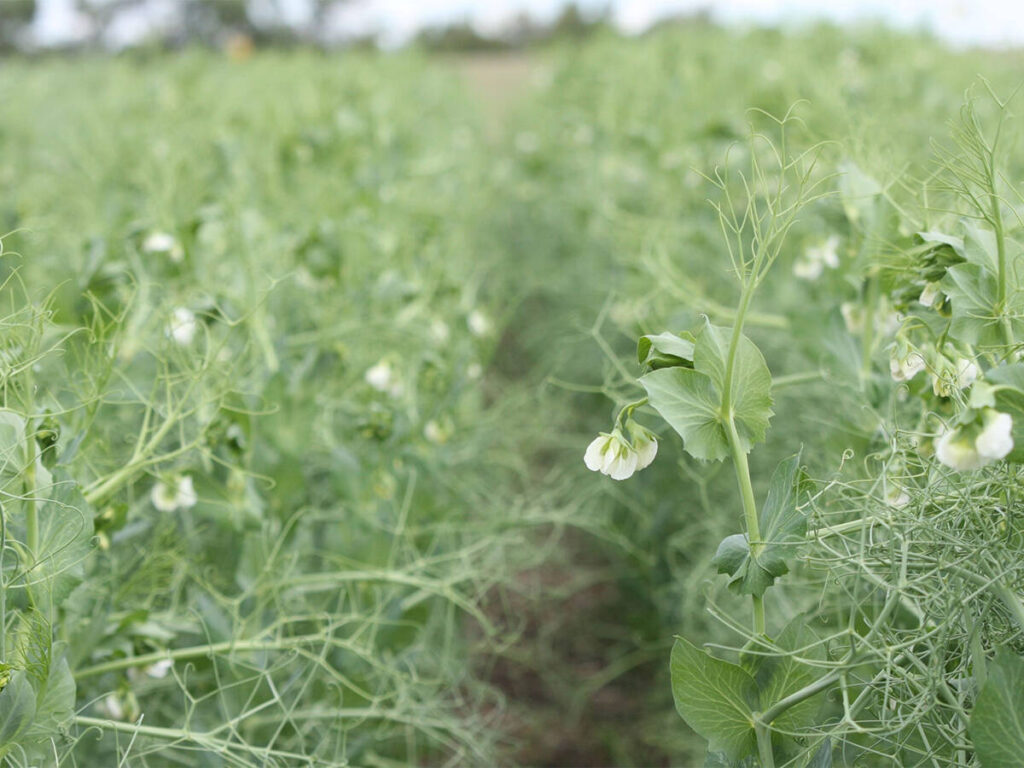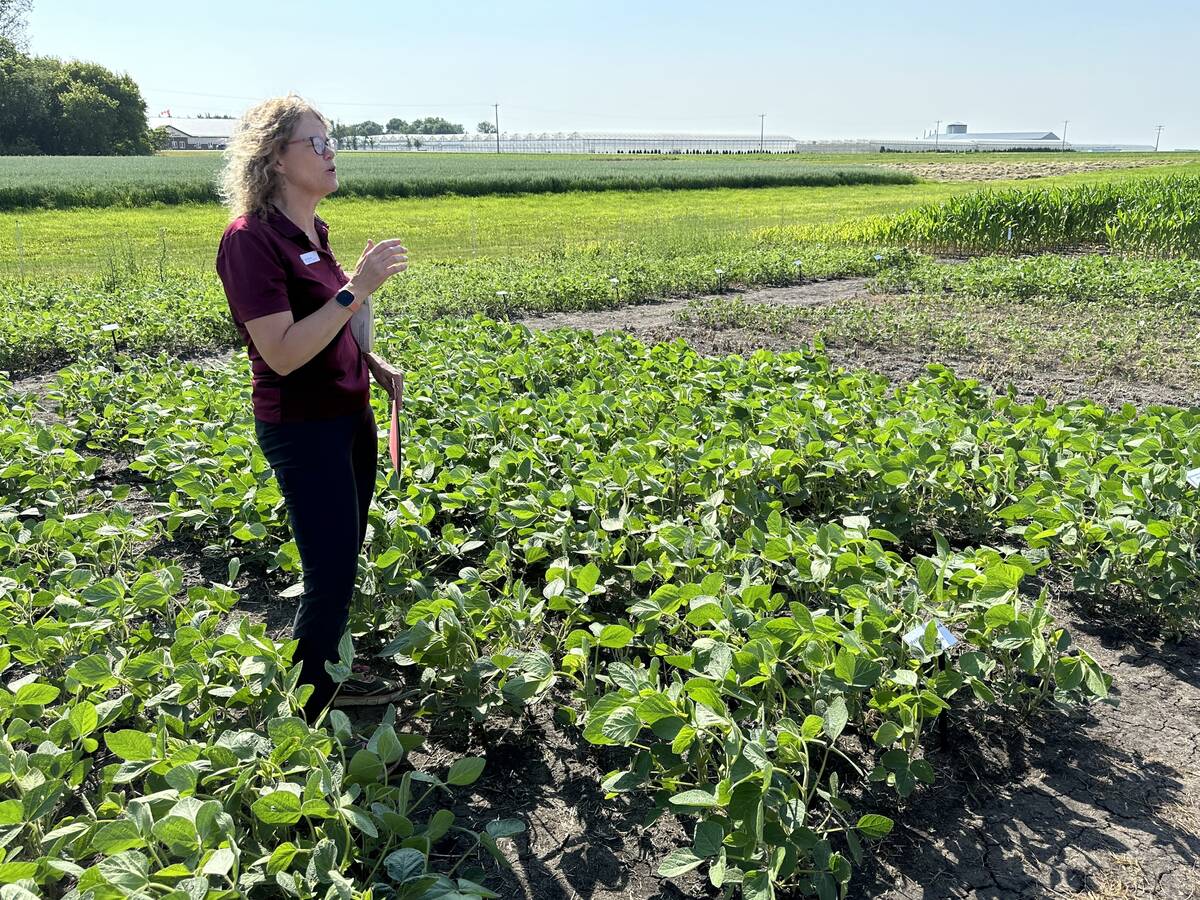One year of fungicide testing is not reliable

WINNIPEG — Agronomic results from a single growing season shouldn’t be trusted.
In an excellent example of this rule, fungicides can be very effective at controlling diseases such as ascochyta blight in peas, but in 2024, at on-farm trials in Manitoba and Saskatchewan, applying fungicides didn’t improve yield or profitability.
Manitoba Pulse & Soybean Growers (MPSG) manages an on-farm network in the province, and for the last several years, it have conducted pea fungicide trials.
Read Also


Herbicide-resistant kochia puts pressure on no-till systems
Based on preliminary data from a recent Prairie-wide kochia survey, AAFC’s Charles Geddes suspects Group 14-resistant kochia is now present in multiple fields in Saskatchewan and expects it could soon be confirmed in other regions as well.
Fungicides increased pea yields in previous years, but not in 2024.
“Foliar and stem infections of ascochyta/mycosphaerella blight (A/M) were prevalent throughout the trial at flat pod stage,” says a summary of on-farm trial in the Rural Municipality of Oakland-Wawanesa.
“The severity of the foliar and stem A/M infections were slightly reduced with the fungicide application. There was no significant yield difference between peas with and without a single application of (the fungicide).”
The results were similar at other on-farm sites in Manitoba, using results posted on the MPSG website.
Applying a fungicide to peas only boosted yield by 0.1 to 1.6 bushels per acre, which is not enough to increase profitability.
Those results surprised Chris Forsythe, the On-Farm Network agronomist with MPSG, because June was a rainy month last year on the Prairies and fungal disease was noticeable in pea crops.
“The conditions were conducive for disease development.… It was moderate to moderately severe. There was disease there,” he said.
Those results lead to the obvious question: why didn’t an application of a fungicide improve yield?
“It was just an off year, where we didn’t see results. I don’t have the answer to (why). Maybe it stopped raining at the right time,” Forsythe said.
The 2024 results from the trials are very different from 2022.
That year, on-farm research in Manitoba showed a significant benefit from fungicides:
• A double fungicide versus one application increased pea yield by 5.2 bu. per acre at a farm near Swan River.
• Applying a fungicide versus untreated increased yield by six bu. per acre at a trial near Dauphin.
Other fungicide trials from 2022 also demonstrated benefits for yield and profitability. The discrepancy in results from 2022 to 2024 shows why one year of testing is inadequate.
“We never really look at a single year in isolation,” Forsythe said.
“Any ag research that is worth its salt has three years of data — at least two, three or four is better…. The really valuable ones are the long-term studies that have been going on for a decade or two.”
Saskatchewan results
SaskPulse also did on-farm trials in 2024, looking at the efficacy of fungicides on peas. The results from three sites showed no significant benefits to yield, with only a “1.2 bu. per acre difference” from the untreated check, says a SaskPulse summary of the research.
That result doesn’t fit with the historical benefits of using fungicides on pulse crops.
“It (2024) was an odd year for disease,” said Mike Brown, agronomy manager with SaskPulse.
Conditions were rainy in May and June, creating the right conditions for fungal disease. The rain then abruptly stopped and 32 C temperatures arrived. The on-farm trial near Luseland, Sask., only received 25 millimetres of rain in July.
“That’s where things turned,” Brown said.
“One of the producers (in the trial) … he normally does two applications on his peas. (He said) this was the one in 10 year where the economics (of applying fungicides) didn’t pencil out for him.”
SaskPulse will repeat its on-farm trails for fungicides this summer at nine sites in the province.
If the summer weather is different from 2024, the fungicide trials should produce a different result.
“To average out, over multiple sites over multiple years, I think really aggregates the data,” Brown said.
“(It) gives a good (gauge) on what you should expect to see.”
Contact robert.arnason@producer.com
Source: producer.com


